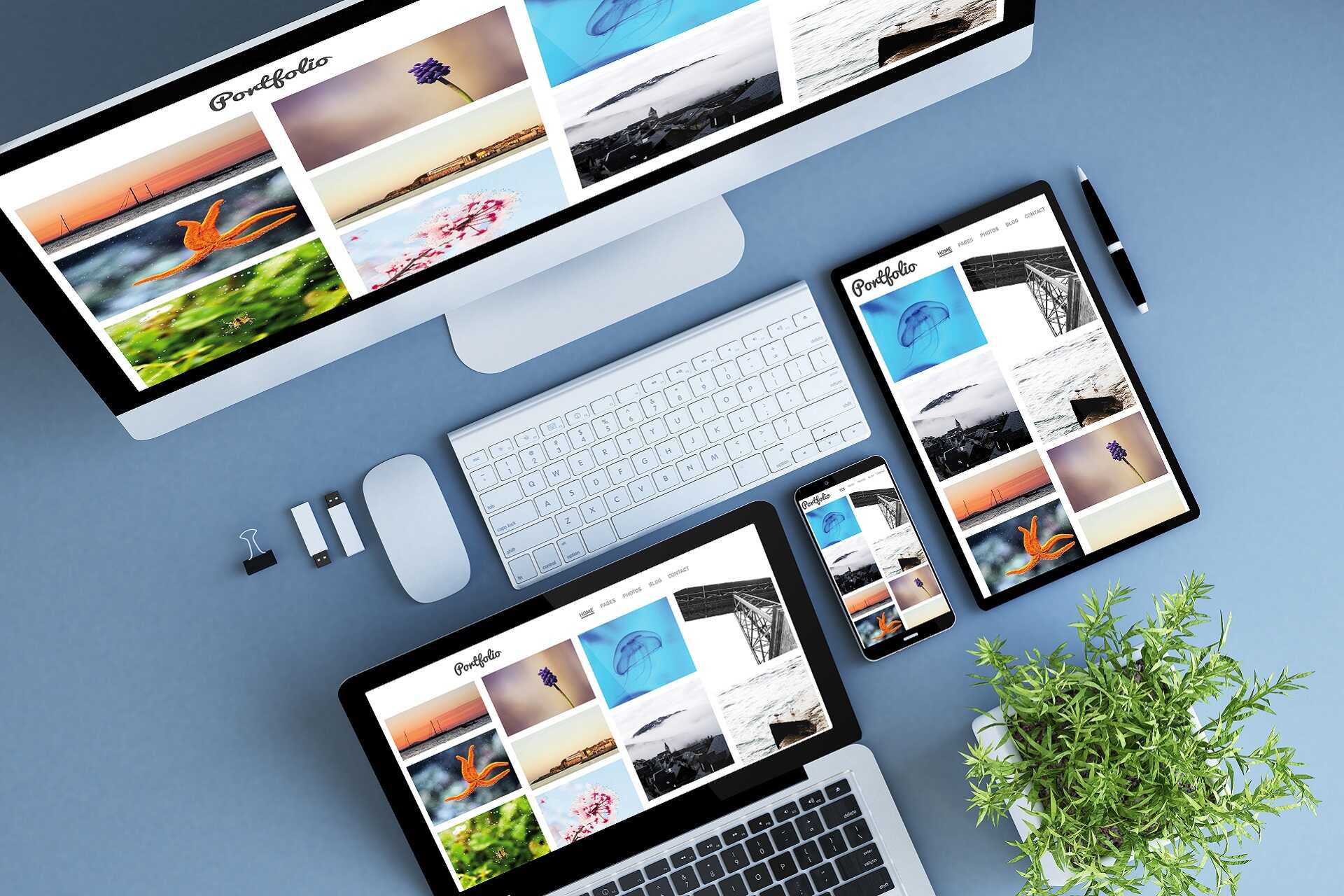
Portfolios are used to showcase your work and to help to demonstrate your skills to prospective employers. Nothing impresses more than a beautifully presented portfolio at an interview, or makes an employer want to get in contact by viewing a professional online version. You need to adapt how you present your portfolio depending on the type of job you are applying for.
A good portfolio should have most of the following:
Some employers prefer physical portfolios that are tangible and create a lasting impression. Research the preferences of the employers you want to work for before starting your portfolio, it might save you time in the long run!
Having a physical portfolio has many advantages:
Remember to keep to these guidelines:
Great examples of physical portfolios - https://www.creativebloq.com/portfolios/paper-portfolios-5132559
Online portfolios can be created in a variety of ways, and are flexible to suit differing demands. They are easy to create, and have plenty of customization tools available to help personalize your portfolio.
Having an online portfolio has many advantages:
Remember to keep to these guidelines:
Great examples of online portfolios - https://www.creativebloq.com/portfolios/examples-712368
Using a Blog as an Online Portfolio
Blogs are fast becoming an easy way to showcase your work cheaply and effectively. Creating your own online presence is a great way to get your name noticed by potential employers, network with contacts and discover opportunities that could help further your career.
Create a killer online portfolio using WordPress - https://www.elegantthemes.com/blog/tips-tricks/creating-a-killer-online-portfolio-website-using-wordpress
Using Instagram as an Online Portfolio
In the creative industries Instagram feeds are to some extent now replacing CVs and portfolios. Successful Instagram portfolios may also include information on your activities outside work as well as traditional material. Creative directors now often use Instagram to vet candidates as they can get a taste of your personality as well as your artistic skills.
How to use Instagram as an online portfolio - https://millennialmagazine.com/2016/04/04/how-to-use-instagram-as-an-online-portfolio/
Portfolios for print journalism
Many employers expect journalism portfolios to be presented digitally, either on a tablet or laptop that the candidate can bring to an interview. Here is a website that compares different online journalism portfolio providers: https://www.poynter.org/reporting-editing/2013/digital-portfolios-for-journalists-what-are-your-options/
Portfolios for design, animation and creative jobs
Portfolios for architecture
Portfolio interviews and examples
At the interview be prepared to talk about the specific pieces that you are presenting on and the work of designers/writers/creators you admire. Make sure that you can confidently explain and discuss the items in your portfolio. You may be asked to talk about the context for your portfolio examples at interview: where you got the idea for the piece; what your influences were and how you went about producing it. You may be asked if you specialise in a particular area, or work on lots of different aspects.